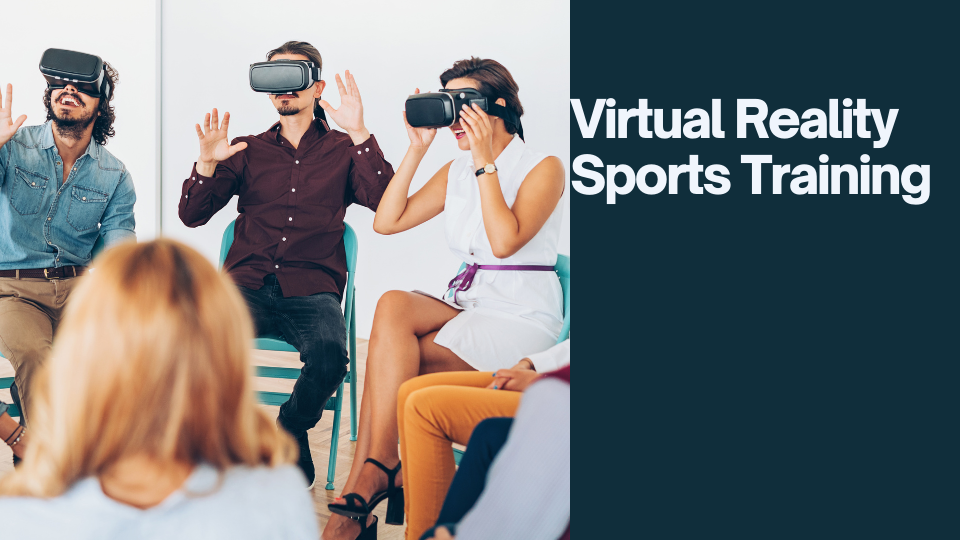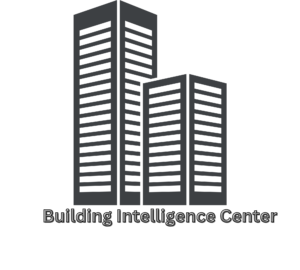
Outline Table
| Section | Heading | Subheadings |
| Introduction | Virtual Reality Sports Training | Definition, Evolution |
| Benefits of VR in Sports Training | Immersive Learning Experience | Realistic Simulations, Skill Development |
| Applications of VR in Sports | Diverse Training Scenarios | Athlete Rehabilitation, Tactical Analysis, Physical Conditioning |
| VR Tools and Equipment | Headsets and Simulation Platforms | Oculus Quest, HTC Vive, VR Treadmills |
| Impact on Athlete Performance | Enhancing Skills and Performance | Mental Training, Injury Prevention, Performance Analysis |
| Considerations and Challenges | Technical Limitations and Adaptability | Accessibility, Cost, Motion Sickness |
| Future Trends and Innovations | Advancements in VR Sports Training | Personalized Coaching, AI Integration, Multi-sport Simulations |
| Conclusion | Embracing VR for Sports Training | Summary, Closing Thoughts |
Virtual Reality Sports Training
Introduction:
Virtual Reality Sports Training.
Virtual reality (VR) has emerged as a groundbreaking technology. It helps in sports for the training, to revolutionizing and how the athletes prepare and develop their skills. It gives the immersive simulations to create more realistic environments and setup that increasing the art of learning and performance. Let’s discuss the evolution of VR in sports training and its significant impact on the athlete development.
Benefits of VR in Sports Training.
The adoption of VR technology in sports training offers many benefits such as:
- Immersive Learning Experience: It gives the athletes with immersive and interactive training scenarios, which give them to practice skills in realistic setup.
- Realistic Simulations: Athletes have the game-like situations and same difficulties and challenges, which help to improving the decision making processes and gives the reaction times.
- Skill Development: VR give them the repetitive practice of specific skills and the techniques, which help them to lead and enhanced the muscle memory and their as well as their proficiency.
Applications of VR in Sports.
VR technology has diversity in applications across various sports disciplines such as.
- Athlete Rehabilitation: It helps in used for injury recovery and play an important role in rehabilitation. This providing them a controlled environments for the physical therapy.
- Tactical Analysis: Coaches can also use VR to analyze the game strategies and tactics, which offering a comprehensive view of player referring to positioning and movements.
- Physical Conditioning: VR workouts can give the intense training sessions, improving their physical endurance and resistant and also give strength.
VR Tools and Equipment
The Key components of VR sports training include such as:
- Headsets: The popular VR headsets like HTC Vive, Oculus Quest, and PlayStation VR deliver the huge experiences.
- Simulation Platforms: The specialized software and have different platforms which offer a variety of sports specific simulations and different session of training programs.
- VR Treadmills: The Innovations like VR treadmills make the full-body movement and engagement in the virtual environments and setup.
Impact on Athlete Performance.
It contributes to overall athlete performance in several ways which are given below.
- Mental Training: Athletes give more practice to visualization and they prepare mentally techniques using VR simulations technique.
- Injury Prevention: This allows athletes to refine the techniques and movements without any physical strain, which reducing the risk of injury.
- Performance Analysis: Coaches can also use the VR data analytics to assess different performance metrics and identify the different areas for the improvement of players.
Challenges and Considerations.
Despite its many benefits, VR sports training also have faces different challenges:
- Technical Limitations: High costs of equipment and software may limit accessibility to some athletes and teams.
- Adaptability: Athletes and coaches need time to adapt to VR training methods and integrate them into existing routines.
- Motion Sickness: Some individuals may experience discomfort or motion sickness when using VR headsets.
Future Trends and Innovations.
The future of VR sports training have the exciting possibilities such as.
- Personalized Coaching: AI gives the coaches virtual give personalized feedback and the different training programs.
- AI Integration: Advanced AI algorithms will increase the realism and the intelligence of VR simulations.
- Multisport Simulations: VR platforms will help to offer multisport training environments, which catering to the athletes across different disciplines.
Epilogue.
In the nut shell, the virtual reality sports training shows the paradigm shift in the athlete development program and give the player performance enhancement. By embracing the VR technology gives the new avenues for the huge and immersive learning, which also prevent from the injury, and also give the tactical analysis in the different sports. As VR continues to evolve day by day, it will reshape and redefine the way athletes train and prepare for the competition.






Very interesting information!Perfect just what I was searching for!Raise blog range